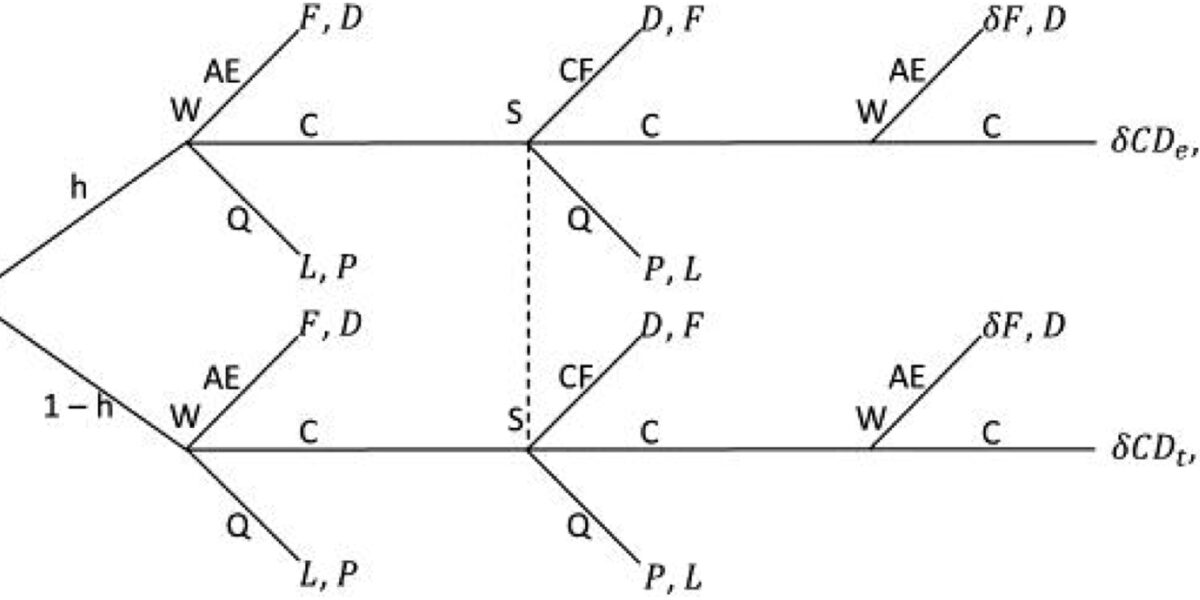Introduction:
The historical application of game theory during the Cold War unveils strategic principles that offer a distinctive advantage to today’s Chief Technology Officers. This exploration draws parallels between the intricacies of managing nuclear threats during the Cold War and the strategic considerations inherent in leading technology teams. By adapting lessons from historical analysts like Herman Kahn, Albert Wohlstetter, and John von Neumann, the modern CTO can gain a decisive edge in navigating the competitive landscapes of the digital era.
Strategic Dynamics:
During the Cold War, the United States government harnessed systems analysis and game theory to navigate the nuclear threat and arms race. Analysts at the forefront, such as Kahn, Wohlstetter, and von Neumann, laid the groundwork for strategic thinking in the face of complex challenges posed by events like the Space Race, the Cuban Missile Crisis, and the Vietnam War.
Applying Cold War Wisdom to Tech Leadership:
Much like the RAND Corporation visionaries, modern CTOs can apply the principles of scientific manipulation and strategic control to gain a competitive edge. Leveraging game theory, CTOs can foresee potential challenges, plan for contingencies, and outmaneuver competitors in the dynamic tech landscape. The inherent unpredictability of human elements in technological advancements finds resonance with the strategic considerations required by CTOs steering their teams through ever-evolving environments.
Challenges Turned Opportunities:
The challenges faced by Cold War analysts in translating theoretical frameworks into practical strategies parallel the hurdles encountered by CTOs today. The seemingly unpredictable nature of technological advancements and market trends, coupled with the need for accurate and timely data, becomes an opportunity for the astute CTO to gain a competitive advantage. The blurred lines between historical visions and reality underscore the importance of balancing theoretical insights with practical applications for strategic success.
Lessons for Tech Leadership:
The focus on historical Cold War strategy provides pertinent lessons for CTOs aiming to gain an edge over the competition. Navigating uncertainties, managing data complexities, and steering technology teams through dynamic landscapes are challenges shared by both historical analysts and modern tech leaders. By learning from the successes and shortcomings of the past, a CTO can shape a strategic vision that propels their team ahead in the competitive race.
Strategic Adaptability:
This exploration into Cold War game theory showcases the importance of strategic adaptability—something CTOs can leverage to gain a distinct edge. Navigating uncertainties, managing data complexities, and staying ahead of technological shifts become strategic advantages that position a tech leader as a forward-thinking innovator.
Conclusion:
In applying the principles of Cold War game theory, the modern CTO gains a strategic edge over the competition. By assimilating lessons from historical analysts and adapting strategies to the dynamic tech landscape, the CTO can navigate uncertainties, manage data complexities, and lead their team with a competitive advantage. The astute use of strategic principles ensures that the CTO remains at the forefront of technological advancements, shaping a future marked by innovation and competitive success.


